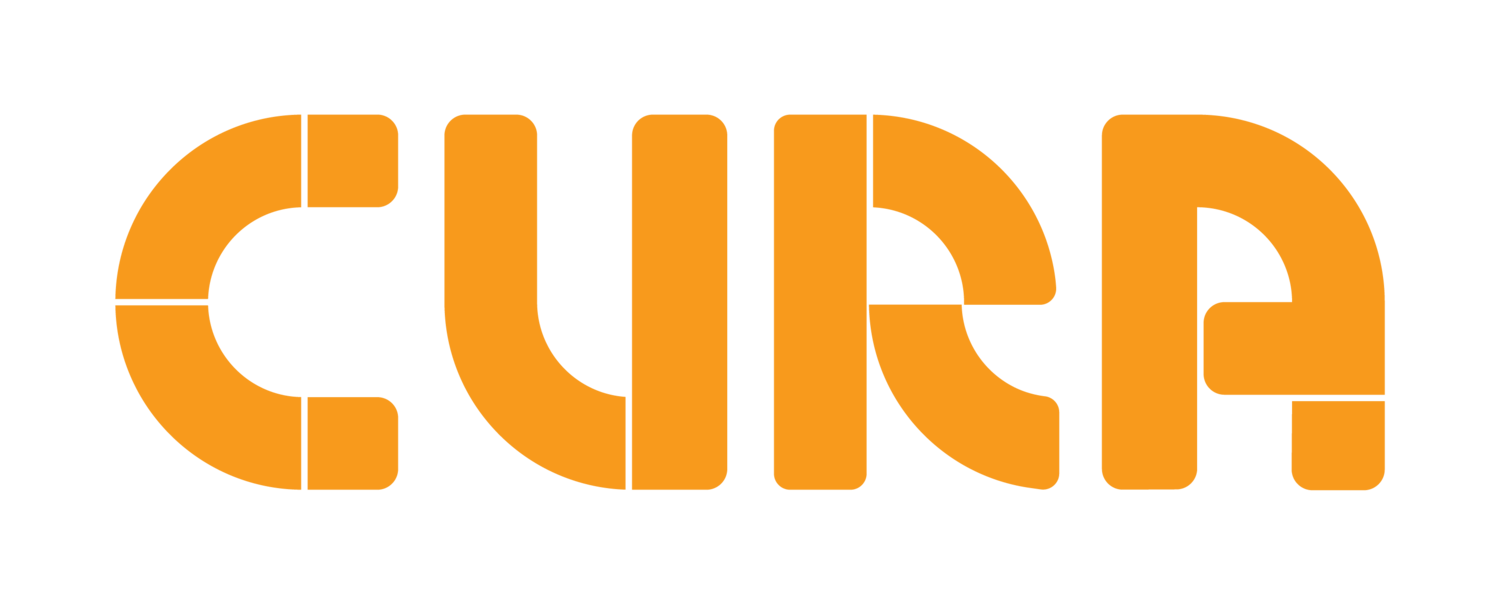How schools are using Cura’s micro-units
It’s been a little over a year since we announced that we were switching our curriculum development to micro-units. Fast-forward 12 months and we’ve released 40+ micro-units for schools to use, with another 100+ in development and testing. It’s been exciting to see them come to life.
So how are schools using Cura’s micro-units? We’ve spoken to our partner schools to find out how and where they’ve used them. Here’s what we’ve learned.
Strategic integration
Micro-units are like a microcosm of a PBL unit. They’re shorter (typically 3-4 lessons), narrower, and focused on a small part of a topic (rather than an entire topic). They’re very different to the longer, expansive PBL units which schools traditionally implement.
Because of this, they can be built into teaching sequences for topics more regularly. So instead of only doing one long PBL project in a year, most schools have used one or two micro-units per term. They’re strategically implemented based on how well they align to curriculum.
We saw an example of this in Jessica Incollingo’s discussion of how Cronulla High School have made PBL work. She spoke about how Cronulla HS has moved from less frequent longer PBL projects to a more frequent use of micro-units. They’ve seen more regular boosts in student engagement and skill development as a result.
Teacher flexibility
Because micro-units offer all the benefits of PBL in a 3-4 lesson package, they’re much more flexible and digestible. As Zanli Reyneke from Tomorrow’s People College told us, it’s that flexibility which has been attractive for many teachers.
Generally, each topic has between 2-4 (and sometimes more) micro-units available for it. They’re structured the same way but focus on slightly different content and slightly different real-world problems. As a result, different teachers at the same school have implemented different micro-units for the same topic. They’ve made this choice based on which unit would best suit their students. They’re also sometimes used on the fly when teachers sense they’re losing a class who are becoming disengaged with a topic.
Differentiation and student choice
We’ve been surprised at the ways schools have used micro-units to allow for differentiation within a class. It’s not necessarily something we’d anticipated!
We’ve seen examples of a single class running more than one micro-unit at the same time. This blew our minds a little at first. But once teachers explained their motives, it made perfect sense.
Students at Cronulla High School work through an English micro-unit
For a given topic, there might be 2-4 micro-units to choose from. So teachers know that they could run any of the units with their class to boost engagement and consolidate and extend curriculum understanding. But some took this even further:
Some teachers assigned different micro-units to different groups. This allowed them to differentiate based on student interest and/or on student capability. If some of the micro-units were more accessible than others, they could strategically assign them accordingly
In other instances, student groups could choose which micro-unit they wanted to work on themselves. This increased student choice led to greater engagement and buy-in
We’ve also seen student choice exercised on a class-wide scale. Students have voted as a class on which micro-unit to collectively work on across a given topic, based on which piques their interest the most. This seems a great way to allow for student voice without sacrificing academic rigour.
Interdisciplinary learning
All our micro-units are single-disciplinary. But when we built them, we hoped that schools would use them as building blocks to create their own micro-disciplinary units. And that’s exactly what’s happened.
Some schools have run micro-units at the same time across different faculty areas. Others have sequenced micro-units so that by the time students finish one in (for example, Science), they move on to a related one in Humanities. Some have grouped micro-units together based on a common theme (for example, water scarcity), whilst others have created cross-curricula units to give students more skills with which to solve a problem (for example, tying Science and Humanities micro-units to an English micro-unit on digital journalism).
Gifted and talented
Though most schools we spoke to are using micro-units in core classrooms, we learned about how schools are successfully integrating Cura’s micro-units into their learning extension, learning enhancement, or gifted & talented programs.
For these schools, the micro-units gave them the ability to develop students’ higher-order thinking at the same time as cover core curriculum. By requiring students to transfer their content understanding to a real-world problem, they deepened and broadened their learning. And for students who often just want to be told the answers, the micro-units forced them to develop their collaborative and critical thinking skills.
What does this all mean?
We thought our micro-units would give schools more choice in how they implemented PBL. But even we underestimated just how versatile they would be.
Implementing PBL can be challenging. We’ve spoken to hundreds of schools who’ve held off doing so because the obstacles seemed insurmountable. So more than anything, we’re gratified to see micro-units help more schools get started with PBL. It means more students are learning in classrooms which are engaging, skills-based, and real-world. That’s what we’re doing this for.
If you want to explore Cura’s micro-units for yourself, get in touch. And if you’re already using Cura’s micro-units for a purpose other than what we mentioned above, we’d love to hear from you!

